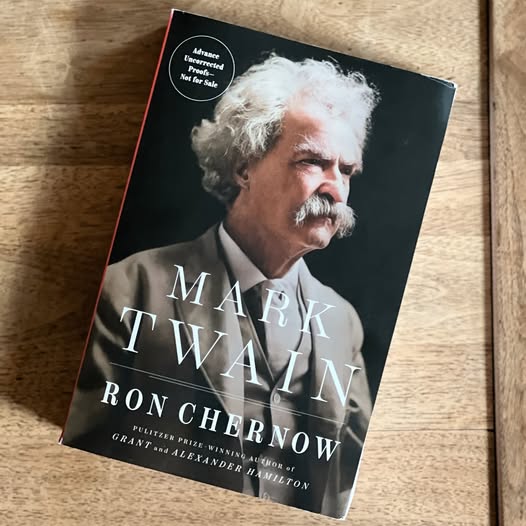It constitutes one of the profound ironies of late modernity that the most incisive critiques of hegemonic power structures frequently emerge not from explicit political discourse or partisan manifestos, but rather through children’s literature, speculative fiction, and anthropomorphic allegories.
When empirical truth faces systemic suppression, fictional narratives do not merely persist, they flourish.
This phenomenon occurs not because imagination represents some transcendental expression of human resilience, but precisely because ideological constructs, function most effectively when their operations remain imperceptible. Allegory, therefore, represents not a retreat from material reality but a strategic intervention within the domain of cultural production.
Orwell’s Dialectical Materialism: Beyond Cold War Reductionism
Consider Orwell’s Animal Farm, a text that has been domesticated through institutional appropriation and Cold War interpretive frameworks to such an extent that its radical epistemological foundations frequently escape critical attention. Orwell himself harboured no such misconceptions.
His novella functions not merely as a representational allegory of Stalinist deviation but as a sophisticated analysis of revolutionary logic operating under conditions of false necessity. The animal protagonists do not function as simplistic moral archetypes but rather as structural positions within a historical dialectic.
The revolution’s self-destructive trajectory emerges in Orwell’s analysis not as a consequence of inherent human moral failings, but as the nearly inevitable outcome of class struggle compromised by vanguardist opportunism.
Le Guin’s Anarchist Hypothesis: Freedom and Necessity
Ursula K. Le Guin’s The Dispossessed, frequently received through uncritical New Age hermeneutics that fail to interrogate its internal ideological tensions, presents a significantly more ambiguous theoretical intervention than conventional interpretations suggest.
Within this text, anarchism functions not as utopian endpoint but as experimental hypothesis.
The planetary bodies Urras and Anarres operate not as binary oppositions but as dialectical reflections, each illuminating the contradictions inherent in the other. Le Guin, departing from dominant American literary paradigms of her historical moment, comprehends that freedom divorced from necessity becomes conceptually vacuous.
Her protagonist’s identity as physicist rather than mystic suggests that scientific materialism, not transcendental spiritualism, might provide the necessary discursive framework for social reconstruction. That this narrative emerged during the apex of American imperial hegemony carries particular significance; by articulating alternative social configurations, Le Guin engages precisely in the imaginative labour that late capitalism systematically forecloses.
Carroll’s Linguistic Subversion: Nonsense as Critique
Even Carroll’s Alice in Wonderland, a text frequently relegated to juvenile literary categorization, performs a sophisticated linguistic detournement. The Queen of Hearts, Mad Hatter, and Cheshire Cat function not merely as manifestations of Victorian eccentricity but as symptomatic expressions of a social order wherein linguistic signification has become untethered from referential meaning.
Alice’s epistemological struggle to derive coherence from Wonderland’s nonsensical imperatives parallels the reader’s own experience under ideological interpellation: attempting to construct logical consistency within systems predicated upon fundamental contradiction.
Rushdie’s Meta-Narrative Resistance: Stories About Stories
It is within this literary genealogy that Salman Rushdie’s Haroun and the Sea of Stories establishes its theoretical position, an allegorical construct disguised as children’s narrative, composed while its author lived under theological condemnation. The antagonist Khattam-Shud, who seeks the annihilation of language and the poisoning of narrative sources, embodies not merely fictional villainy but represents every censorial authority, theological absolutism, and bureaucratic banality that would regulate imagination in service to institutional order.
Rushdie avoids romanticizing narrative as inherently emancipatory; on the contrary, he demonstrates acute awareness that narratives, like ideologies, constitute contested discursive terrain.
What he insists upon, subtly yet persistently is that the destruction of stories constitutes the elimination of difference, and the elimination of difference necessarily precludes meaningful political engagement.
Rushdie’s allegorical construction, therefore, does not represent an evasion of historical material conditions but rather a re-engagement with history through alternative discursive strategies. That the text addresses a juvenile audience should not obscure its radical theoretical implications. Children, after all, do not exist outside ideological structures they represent ideology’s primary subjects.
The novel’s central interrogative “What’s the use of stories that aren’t even true?” functions not as a challenge to fictional discourse but as a critique of those realist modalities that conflate normative conformity with objective truth.
Contemporary Applications: Allegory in the Age of Neoliberal Censorship
In contemporary contexts, as state-sanctioned repression reemerges under neoliberal rhetorical frameworks of “parental rights,” as public knowledge repositories face systematic dismantling, and as cultural production increasingly falls under monopolistic capital control, allegorical modes of discourse maintain their critical relevance.
This persistence occurs not because allegory facilitates escapism, but because it provides structural form. Form itself never functions neutrally, it mediates content and ideology, revealing precisely what hegemonic orders seek to naturalize as inevitable. The fable, from this theoretical perspective, does not represent intellectual regression but rather dialectical analysis in microcosm.
Conclusion: The Political Ontology of Imagination
To deploy allegorical discourse within contexts of enforced discursive limitation constitutes not a retreat into metaphorical abstraction but a strategic redeployment of resistance in alternative registers. Imagination, despite its frequent theoretical mystification, potentially remains the only terrain from which effective critique can launch its most strategically viable counter-hegemonic interventions. Or, employing Rushdie’s metaphorical framework, within the vast sea of stories, each narrative droplet constitutes a potential act of political resistance.



